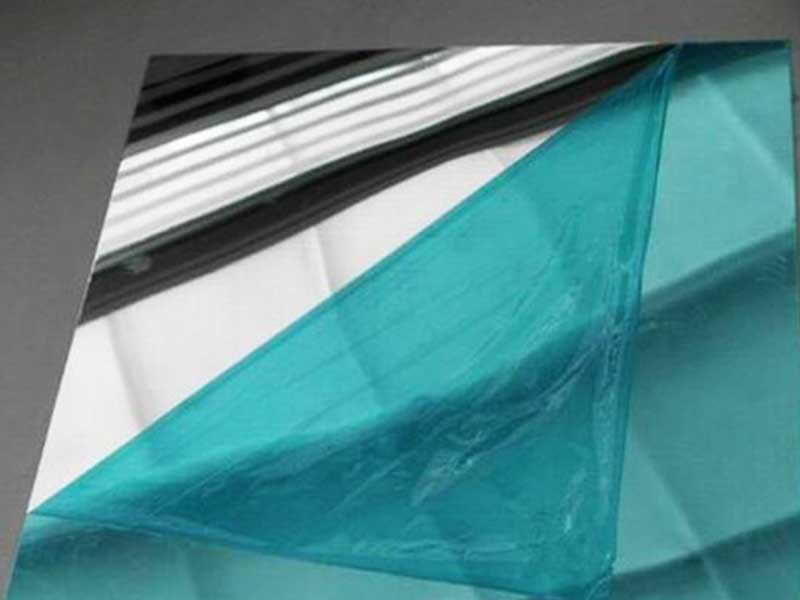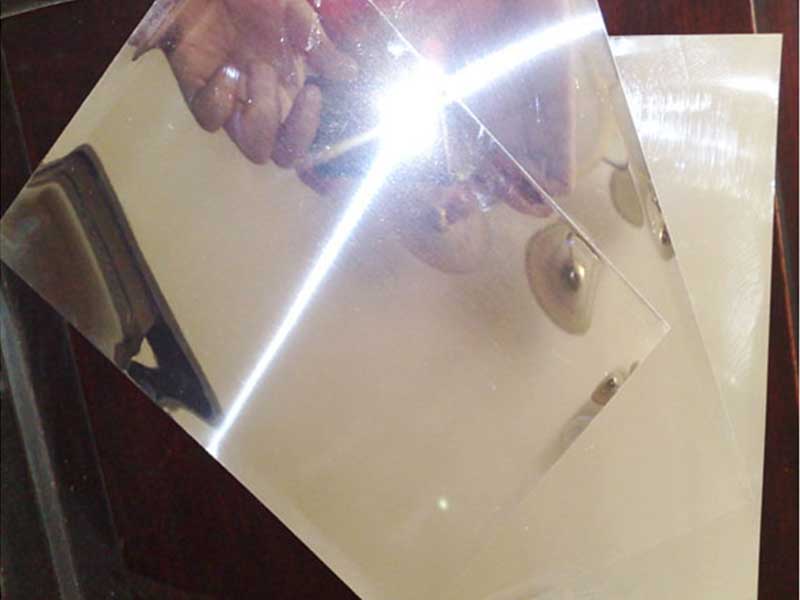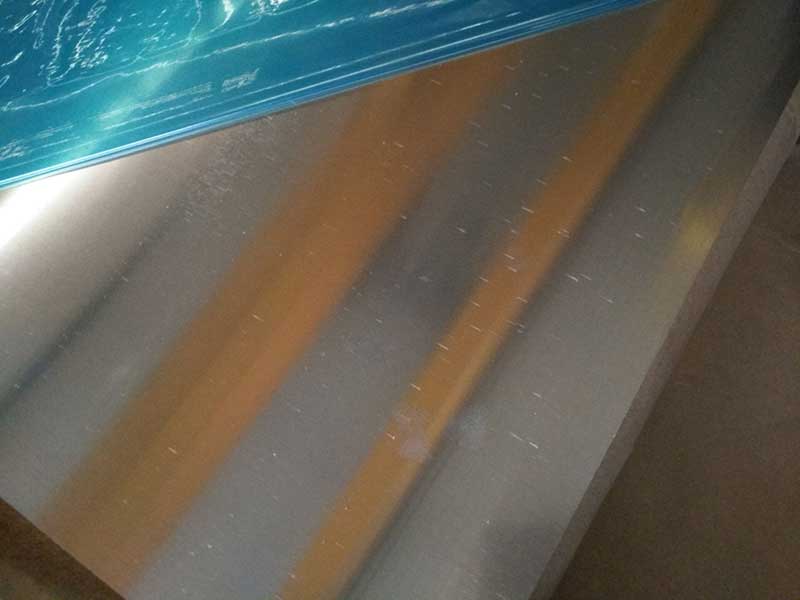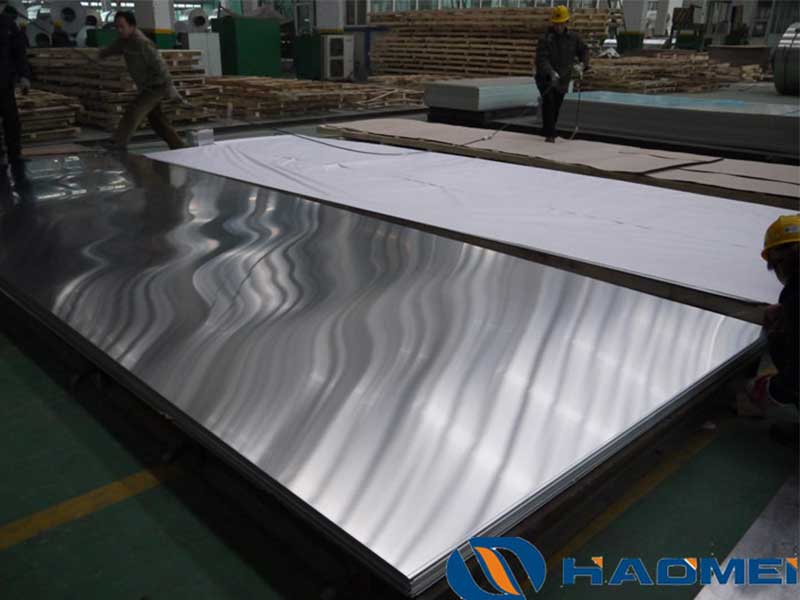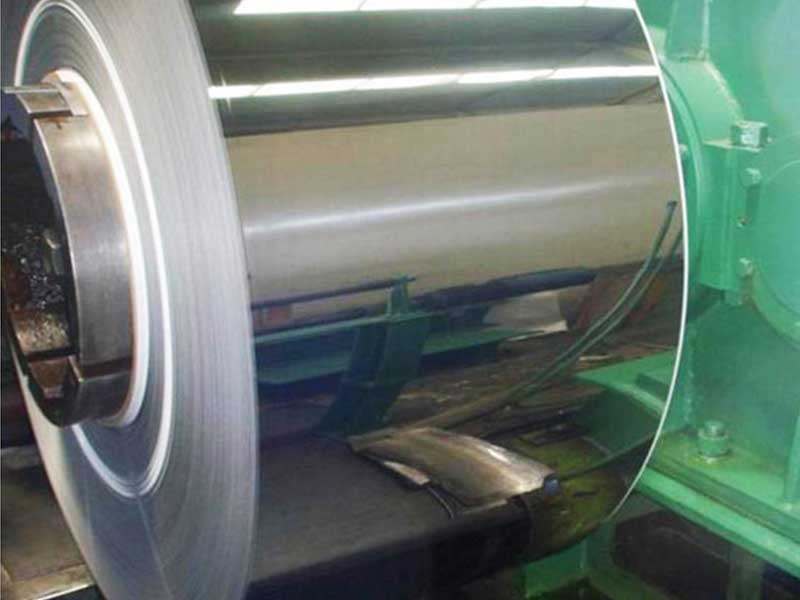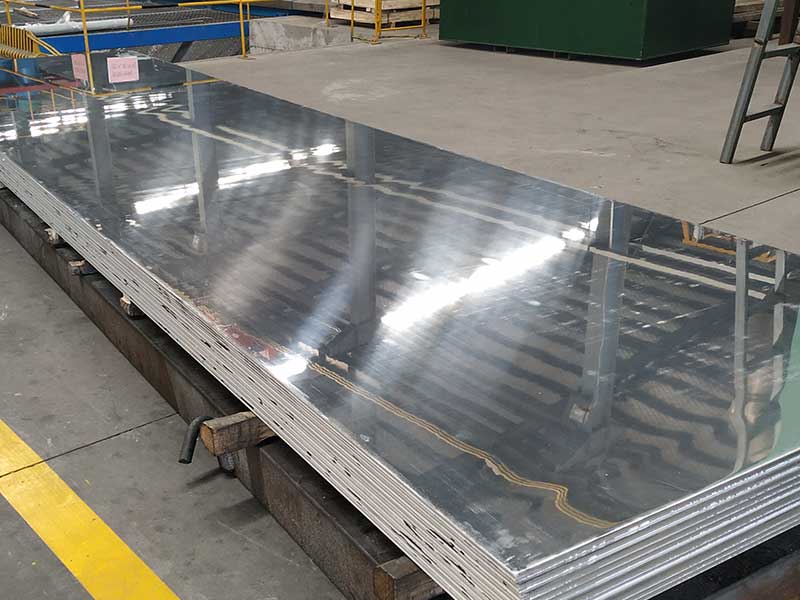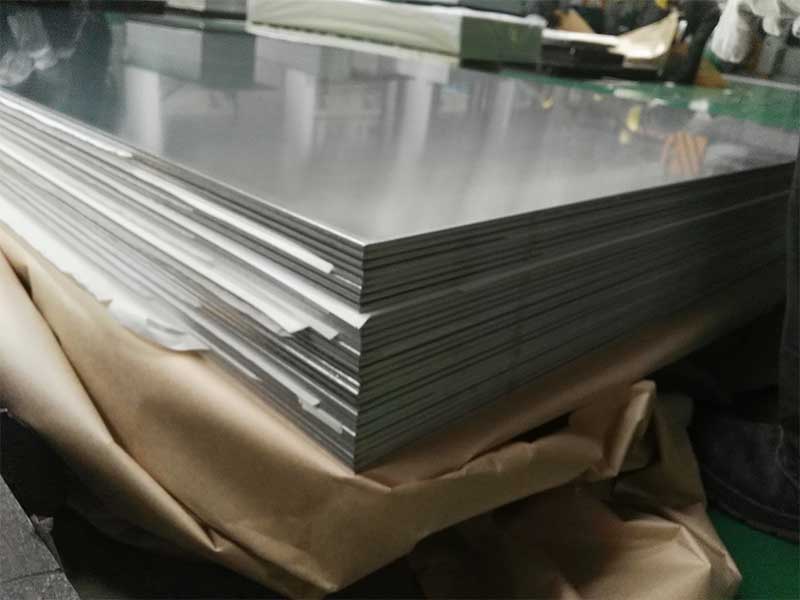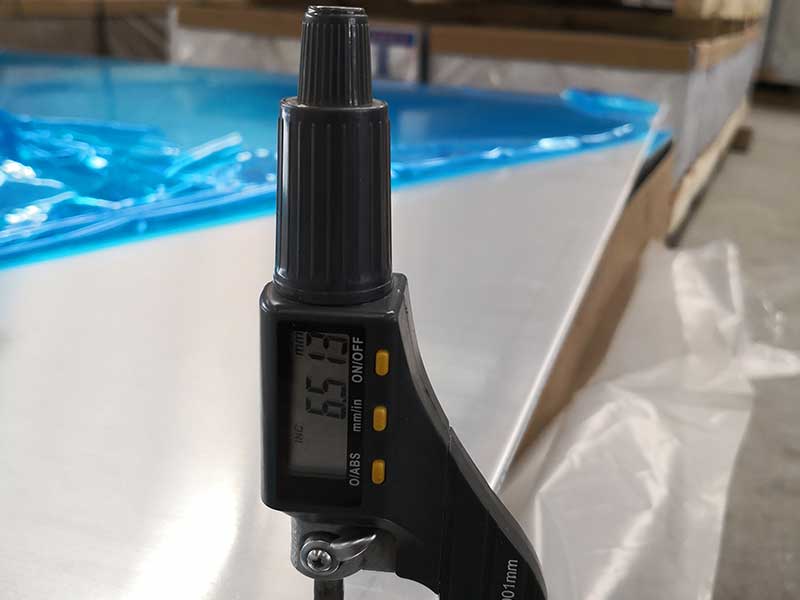2025-05-26 https://www.aluminum-coils.com/a/aircraft-grade-aluminum-sheet.html
Aircraft grade aluminum sheet is a high-performance material specifically engineered to meet the rigorous demands of the aerospace industry. Renowned for its exceptional strength-to-weight ratio, corrosion resistance, and workability, it plays a pivotal role in the manufacturing of aircraft structures and components.
Aircraft grade aluminum sheets are primarily sourced from specialized aluminum alloys such as 2xxx (Aluminum-Copper) and 7xxx (Aluminum-Zinc-Magnesium) series. These upper-tier alloys offer superior mechanical properties vital for flight safety and efficiency. Production processes include precise rolling and heat treatment to assure conformity with aerospace standards set by organizations like ASTM, AMS, and SAE.
Features
| Feature | Description |
|---|---|
| High Strength-to-Weight Ratio | Provides exceptional structural integrity while reducing overall airframe weight to enhance fuel efficiency and performance. |
| Excellent Fatigue Resistance | Allows aircraft components to endure cyclic loading and vibrational stresses during flight without premature failure. |
| Good Corrosion Resistance | Enhanced by alloy selection and surface treatments like anodizing, protecting against environmental impacts, including moisture and salt exposure. |
| Formability and Machinability | Easier to fabricate into complex aerodynamic shapes essential for aircraft parts like fuselages, wings, and rivets. |
| Heat Treatable | Can be hardened via heat treatment processes like solution heat treatment and aging, enabling tailored mechanical properties. |
Chemical Composition and Alloy Examples
| Alloy Series | Common Alloy | Principal Alloying Elements (wt%) | Typical Usage |
|---|---|---|---|
| 2xxx Series | 2024 | Al (balance), Cu (3.8-4.9%), Mg (1.2-1.8%), Mn (0.3-0.9%) | Wing and fuselage structures, highly fatigue resistant components |
| 7xxx Series | 7075 | Al (balance), Zn (5.6-6.1%), Mg (2.1-2.9%), Cu (1.2-2.0%) | Highly stressed components, landing gear, spacecraft parts |
| 6xxx Series | 6061* | Al (balance), Mg (0.8-1.2%), Si (0.4-0.8%), Fe (max 0.7%) | Secondary structural parts with moderate strength and corrosion resistance |
*Note: While 6xxx series aluminum is more common in structural applications that do not demand extremely high strength, it occasionally finds use in less critical aerospace auxiliary structures due to its excellent corrosion resistance.
Mechanical Properties
| Alloy | Tensile Strength (MPa) | Yield Strength (MPa) | Elongation (%) | Hardness (HV) | Density (g/cm³) |
|---|---|---|---|---|---|
| 2024-T3 | 470–510 | 320–350 | 11–15 | 115–140 | 2.78 |
| 7075-T6 | 520–570 | 460–505 | 5–11 | 150–170 | 2.81 |
| 6061-T6 | 310–350 | 270–310 | 10–17 | 95–115 | 2.70 |
*Values depend on temper and production method; consult specific product spec sheets for details.
Applications in Aerospace
Fuselage and Wing Assemblies: Aircraft grade aluminum sheets serve as the primary material for the external skin and internal structure, enabling lightweight yet rigid large surface coverage.
Control Surfaces: Components such as ailerons, rudders, and elevators require materials with strength and fatigue resistance to maintain precise control under repetitive loading conditions.
Engine Components: Certain thin gauges of aluminum sheet are utilized where heat dissipation and weight savings are essential, though many engine parts primarily use heat resistant alloys or titanium.
Landing Gear Parts: High-strength aluminum alloys like 7075 play a crucial role in parts exposed to extreme forces during takeoff and landing.
Interior Components: Lightweight interior fittings and support structures benefit from easy machinability and aesthetic finishing options via anodizing or painting.
Surface Treatment Options
- Anodizing: Improves surface hardness, corrosion resistance, and paint adhesion.
- Chemical Conversion Coating (e.g., Alodine): Enhances corrosion resistance during storage or inter-process handling.
- Cladding: Thin layer of pure aluminum applied to significant alloys like 2024 for extra corrosion protection.


